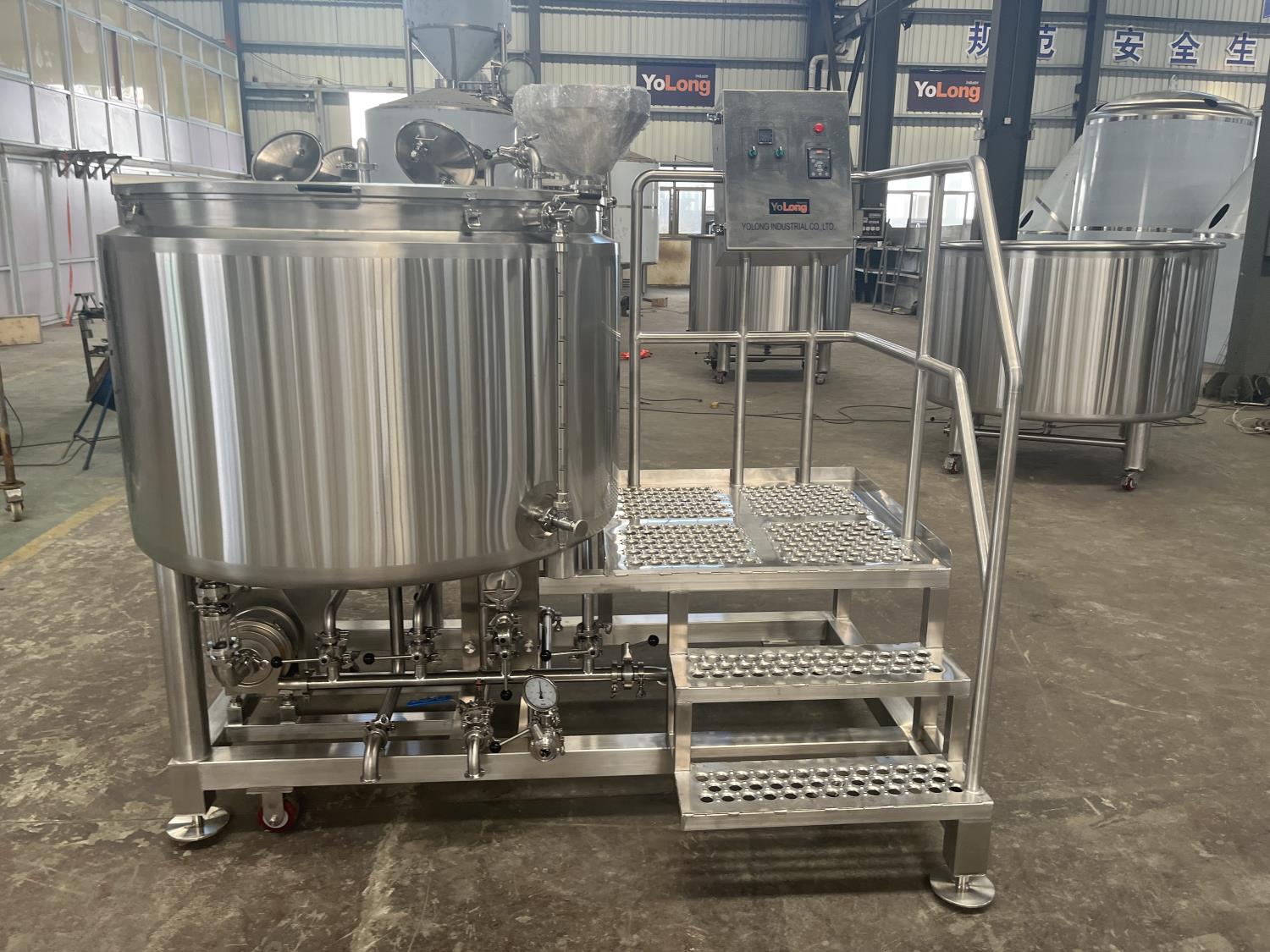Choosing the Best Beer Canning Equipment for Your Brewery
Overview of Beer Canning Equipment
Crafting the perfect beer goes beyond brewing—it’s about presentation and preservation. Enter beer canning equipment: the unsung hero of modern breweries. Whether you’re a craft brewery owner or a homebrewing enthusiast ready to scale up, understanding the nuances of canning equipment can be the game-changer.
This guide unpacks everything from equipment types and features to maintenance tips and industry trends, ensuring you’re fully equipped to make the right choice.
What Is Beer Canning Equipment?
Beer canning equipment refers to the machinery designed to fill, seal, and package beer into cans. This equipment ensures that beer is preserved in airtight, lightweight, and transport-friendly containers. Over the years, canning has emerged as a superior packaging method due to its cost-effectiveness, sustainability, and ability to block out harmful light and oxygen.
Canning equipment ranges from small-scale manual machines perfect for budding brewers to high-speed automated systems tailored for large-scale operations. Regardless of size, the goal is the same: maintain the beer’s quality while enhancing its shelf appeal.
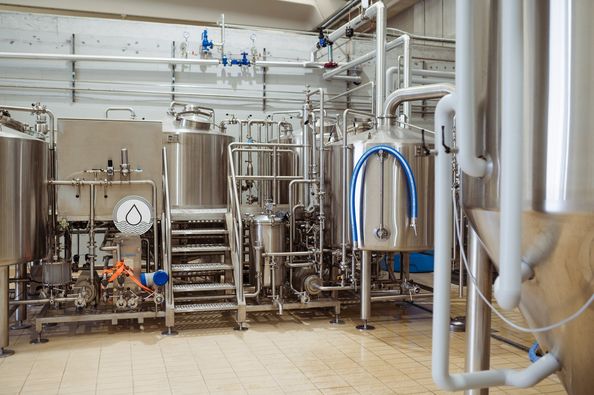
Types of Beer Canning Equipment
Understanding the various types of beer canning equipment can help tailor the perfect solution for your brewery. Let’s break it down:
1. Manual Beer Canning Machines
Ideal for hobbyists or small-scale brewers, manual systems require human operation to fill and seal cans. These machines are cost-effective but slower, making them perfect for limited production runs.
2. Semi-Automatic Canning Systems
A step up from manual systems, semi-automatic machines automate certain processes like sealing while still requiring some manual oversight. They strike a balance between affordability and efficiency.
3. Fully Automatic Beer Canning Machines
These are the big guns of the industry, designed for high-speed operations. Fully automated systems handle everything—from filling and sealing to labeling and packaging. They are a significant investment but indispensable for larger breweries.
4. Mobile Beer Canning Units
For breweries on the go, mobile canning units bring the equipment to your location. They’re perfect for small to medium-sized breweries looking to scale without committing to in-house machinery.
Key Features to Look for in a Beer Canning Machine
Investing in beer canning equipment requires careful consideration. Here are the must-have features to look for:
1. Production Speed
Consider your brewery’s output. Small-scale machines might process 10-15 cans per minute, while industrial systems can handle up to 500 cans per minute.
2. Can Size Versatility
Look for equipment that accommodates various can sizes, from sleek 250ml options to classic 16-ounce cans.
3. Oxygen Reduction
Keeping oxygen out is crucial to preserving beer’s freshness. Choose machines with advanced CO2 purging systems.
4. Compact Design
Space is often a premium in breweries. Opt for equipment with a compact footprint without compromising on functionality.
5. Durability and Build Quality
High-quality stainless steel components resist corrosion and ensure longevity.

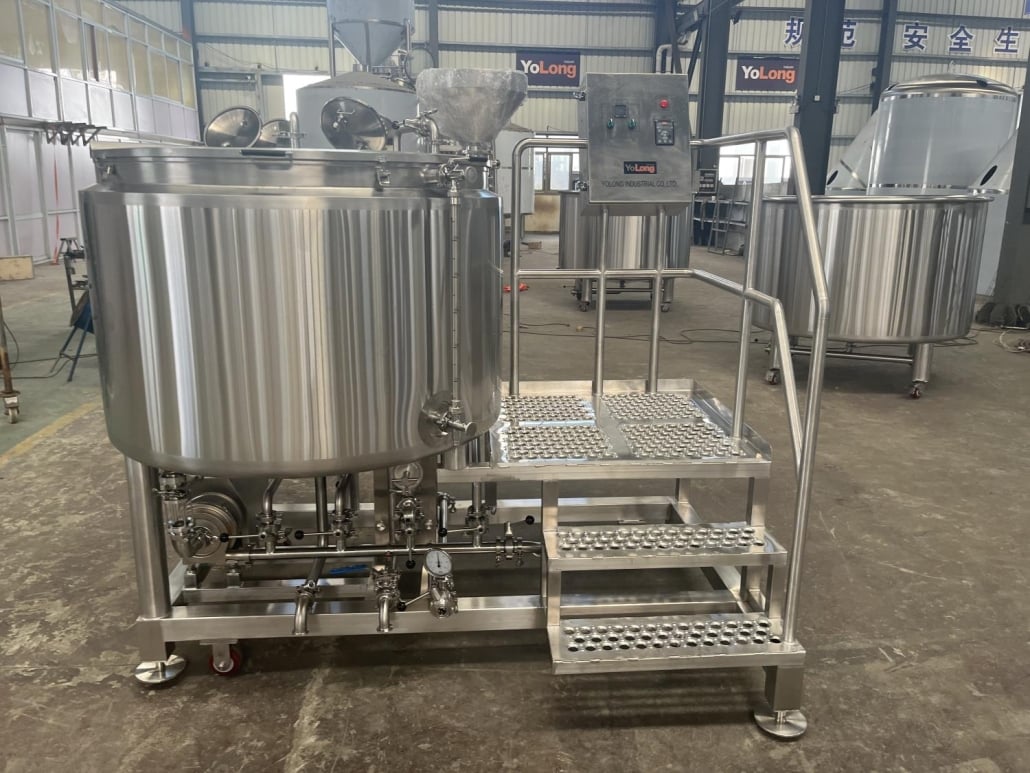

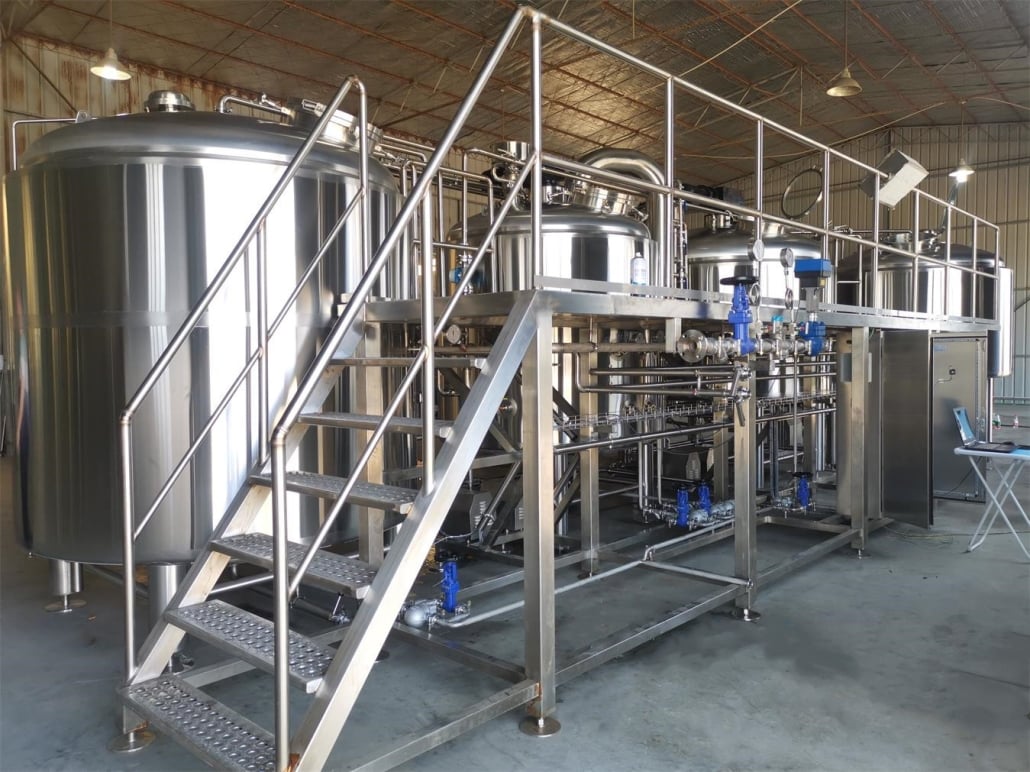
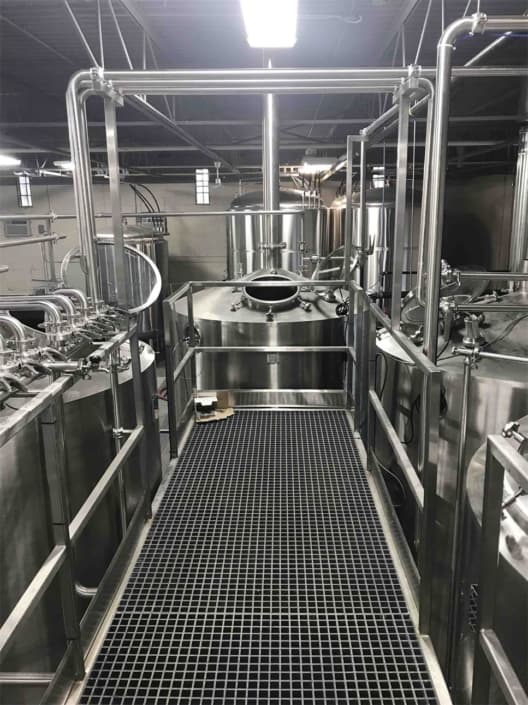
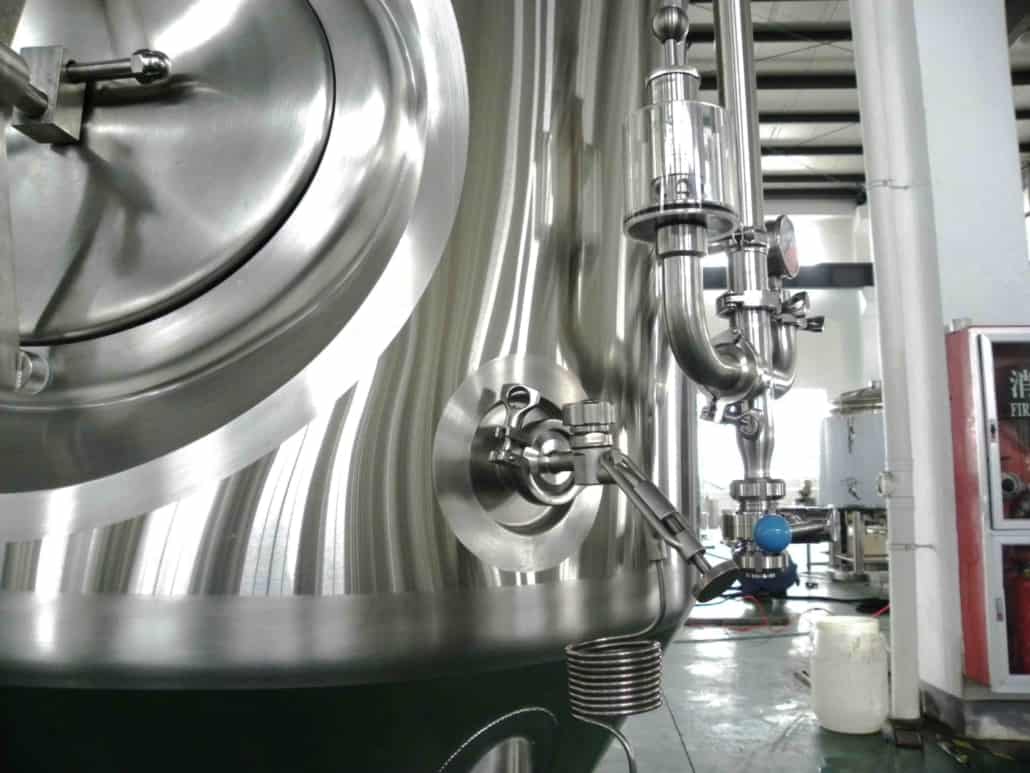
Benefits of Using Beer Canning Equipment
| Benefit | Details |
|---|---|
| Preservation of Quality | Keeps beer fresh by reducing oxygen exposure and blocking light. |
| Portability | Lightweight cans are easier to transport than glass bottles. |
| Sustainability | Cans are more recyclable than other packaging options. |
| Cost-Effectiveness | Cheaper to produce and transport compared to bottles. |
| Enhanced Shelf Appeal | Eye-catching designs and vibrant printing attract customers on store shelves. |
How to Choose the Right Beer Canning System for Your Brewery
Choosing the right canning equipment is like picking the right brewing ingredients—it’s all about matching your needs. Here’s a guide to finding the perfect fit:
1. Assess Your Production Goals
Are you running a small-scale operation or aiming to supply regional markets? Match the machine’s capacity with your production needs.
2. Budget Considerations
From affordable manual options to high-end automated systems, costs vary widely. Balance initial investment with long-term benefits.
3. Space Requirements
Measure your available space and consider the equipment’s dimensions. Compact models are ideal for space-constrained setups.
4. Maintenance Needs
Look for user-friendly systems with readily available spare parts and support.
5. Future Scalability
Choose equipment that can grow with your brewery, allowing for upgrades or increased production capacity.
Top Beer Canning Equipment Brands in 2025
| Brand | Key Features | Target Audience |
|---|---|---|
| Wild Goose | High-quality automated systems with customizable features. | Medium to large breweries. |
| Cask Global | Innovators in compact canning systems ideal for small breweries. | Small to medium-sized operations. |
| Twin Monkeys | Modular, scalable designs for growing businesses. | Breweries planning future expansion. |
| American Beer | Cost-effective, durable equipment with excellent customer support. | Budget-conscious brewers. |
| XpressFill | Affordable manual and semi-automatic options for entry-level users. | Hobbyists and small-scale brewers. |
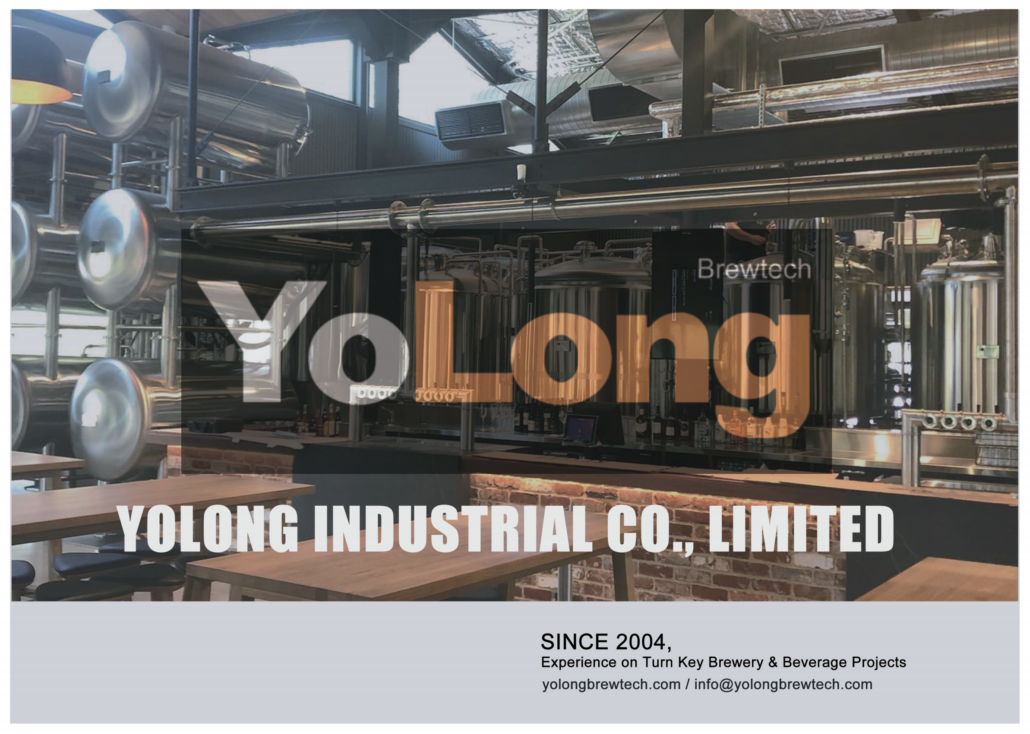
Maintenance and Troubleshooting Tips
Like brewing itself, canning requires attention to detail. Follow these tips to keep your equipment running smoothly:
- Regular Cleaning: Prevent contamination by cleaning machines thoroughly after every use.
- Inspect Seals: Check for worn-out or damaged seals to avoid leaks.
- Lubricate Moving Parts: Reduce wear and tear by keeping all components well-lubricated.
- Train Your Team: Ensure operators understand the equipment inside and out.
- Address Issues Promptly: A small problem can become a major disruption if ignored.
FAQs
| Question | Answer |
|---|---|
| Why choose cans over bottles for beer? | Cans are lighter, more sustainable, and better at preserving beer’s freshness. |
| What is the cost range of beer canning equipment? | Prices vary from $2,000 for manual systems to $200,000+ for high-end automated machines. |
| Can I can other beverages using beer canning equipment? | Yes, many systems are versatile enough for soda, kombucha, and other beverages. |
| How long does a typical canning machine last? | With proper maintenance, high-quality machines can last 10-15 years or more. |
| Do I need special training to operate a canning machine? | Most manufacturers offer training, and modern systems are user-friendly. |
Additional FAQs About Choosing the Best Beer Canning Equipment
1) How do I minimize dissolved oxygen (DO) during canning?
- Use multi-stage CO2 purges (under-lid and tunnel purge), maintain laminar foam cap, keep fill heights precise, and verify with inline/at-line DO meters. Target package TPO < 50 ppb for most styles.
2) What seam specs should I monitor for consistent double seams?
- Track body hook length, cover hook length, overlap, seam thickness, and tightness using a seam mic and teardown. Validate against your can/end supplier specs (e.g., Ball, Ardagh).
3) How many operators are needed for a small automatic line?
- Typical 25–60 cpm lines run best with 2–3 operators: depalletizer/pack-off, filler/seamer monitor, and QA. Add one floater during changeovers or label roll swaps.
4) What utilities do canning machines require?
- Expect compressed air (80–120 psi, dry and oil-free with desiccant), CO2 supply and regulators, power per OEM spec, and optional nitrogen dosing. Ensure CIP water and proper drainage near the line.
5) How often should I service the seamer?
- Daily cleaning and lubrication, weekly inspection of rolls/bearings, and proactive replacement of chuck/rolls by hours of operation per OEM guidance. Keep a critical spares kit on-site.
2025 Industry Trends for Beer Canning Equipment
- Oxygen control by design: More fillers integrate vacuum + CO2 dual purge and inline TPO monitoring at accessible price points.
- Compact automation: Tabletop depalletizers, auto-rinsers, and case packers scale 20–80 cpm lines without expanding footprint.
- Sustainable packaging: Higher recycled aluminum content, waterless lubrication, and energy-efficient tunnel pasteurizers.
- Rapid changeovers: Servo-driven height/diameter adjustments reduce 16 oz to 12 oz swap time to under 10 minutes on mid-tier lines.
- Compliance and traceability: Lot coding, vision seam inspection, and OPC UA data logging standard in new “Best Beer Canning Equipment” packages.
2025 Data Snapshot
| Metric | 2022 | 2024 | 2025 (proj.) | Notes / Sources |
|---|---|---|---|---|
| Share of craft lines with inline DO or TPO monitoring | 21% | 32% | 42–45% | Instrument vendors; BA Quality data |
| Typical changeover time (12–16 oz) mid-tier lines | 20–30 min | 12–18 min | 8–12 min | OEM specs; user reports |
| Avg. lead time for 30–60 cpm canning lines | 16–24 wks | 12–18 wks | 10–16 wks | Supplier surveys |
| Nitrogen dosing adoption for still beverages on beer lines | 18% | 26% | 30–35% | Trade press; OEM options |
| Average can/end material cost index vs. 2019 | +36% | +24% | +20–22% | Aluminum indices (LME); converter reports |
Sources:
- Brewers Association Quality resources: https://www.brewersassociation.org
- Institute of Brewing & Distilling: https://ibd.org.uk
- LME aluminum market data: https://www.lme.com
- Ball/Ardagh technical seam specifications (request via supplier portals)
Latest Research Cases
Case Study 1: Inline TPO + Servo Adjustments Cut Loss and Oxygen (2025)
Background: A 40 cpm craft line saw variable DO and high fob loss during warm months.
Solution: Installed inline TPO analyzer post-seamer, added under-lid CO2 nozzle, and upgraded to servo-controlled lid lifter/height adjustment for rapid can size changes.
Results: Median TPO reduced from 80 ppb to 38 ppb; product loss down 0.7%; changeover time from 16 to 9 minutes. Sources: Brewers Association Packaging Seminar 2025; instrumentation and OEM application notes.
Case Study 2: Mobile Canning to In-House Transition ROI (2024/2025)
Background: Regional brand using mobile canning at 7–9 cpm needed higher throughput and lower unit costs.
Solution: Purchased a 35 cpm semi-automatic line with compact depalletizer, rinse/dry tunnel, and vision seam inspection; retained mobile service for seasonal spikes.
Results: Packaging cost per case reduced by ~18%; payback in 22 months; OOS seam faults decreased by 60% with routine teardown SOPs. Sources: IBD packaging case talks; OEM ROI calculators.
Expert Opinions
- Mary Pellettieri, Author of “Quality Management: Essential Planning for Breweries”
Viewpoint: “In canning, measurement is control. Inline DO/TPO and standardized seam teardown schedules are non-negotiable for shelf stability.” - Tom Shelburne, Senior Packaging Engineer, Ball Corporation
Viewpoint: “Most seam issues stem from setup drift and worn tooling. Document chuck/roll wear by hours, and verify seams at startup, mid-run, and after changeovers.” - Mitch Steele, Brewmaster and Co-founder, New Realm Brewing (former Stone Brewing Brewmaster)
Viewpoint: “The best beer canning equipment is the one that protects flavor—tight oxygen control and consistent seams matter more than raw speed for craft.”
Citations:
- Brewers Publications; BA Quality: https://www.brewersassociation.org
- Ball technical bulletins (seaming): https://www.ball.com
- IBD Packaging resources: https://ibd.org.uk
Practical Tools and Resources
- BA Packaged Beer Quality Guide (oxygen, CO2, sensory): https://www.brewersassociation.org
- Can seam calculators and SOPs (via Ball/Ardagh portals): contact your supplier
- Anton Paar/Process Insights inline DO/CO2/TPO instruments: https://www.anton-paar.com
- ProBrewer canning forum (troubleshooting, OEM reviews): https://www.probrewer.com
- LME aluminum prices (budgeting): https://www.lme.com
- OEM maintenance kits and PM checklists: request from Wild Goose, Cask, Twin Monkeys
Note: Always confirm compatibility among cans, ends, and seamer tooling (diameter/height/end profile), and maintain a documented PM schedule with critical spares (chucks, rolls, bearings, gaskets, sensors) to minimize downtime.
Last updated: 2025-09-02
Changelog: Added 5 targeted FAQs, 2025 trend analysis with data table, two recent case studies, expert viewpoints, and a curated tools/resources list with authoritative sources focused on canning performance and oxygen control.
Next review date & triggers: 2026-01-15 or earlier if aluminum price volatility >15% QoQ, major OEM updates to filler/seamer platforms, or new BA packaging quality guidance is released.
Share this entry
Interested in learning more about Brewing Systems including additional details and pricing information? Please use the form below to contact us!
YOLONG BREWERY EQUIPMENT FAQS
- Commercial Brewery / Craft Brewery / Microbrewery / Nanobrewery
- What is The Difference Between Craft Beer and Industrial Beer?
- The Bespoke Differences In Custom Brewing Systems
- Everything You Need to Know About Kettle Souring
- How to Choose Brewing Equipment for Your business?
- How To Choose The-Best Partner To Build Your Commercial Microbrewing System?
- Two Detection Sensors That You Need To Use In Your Brewhouse System
- Remote Control Applications in Brewing Equipment/How does it work?
- How To Clean Your Brand New Brewery Tanks?

